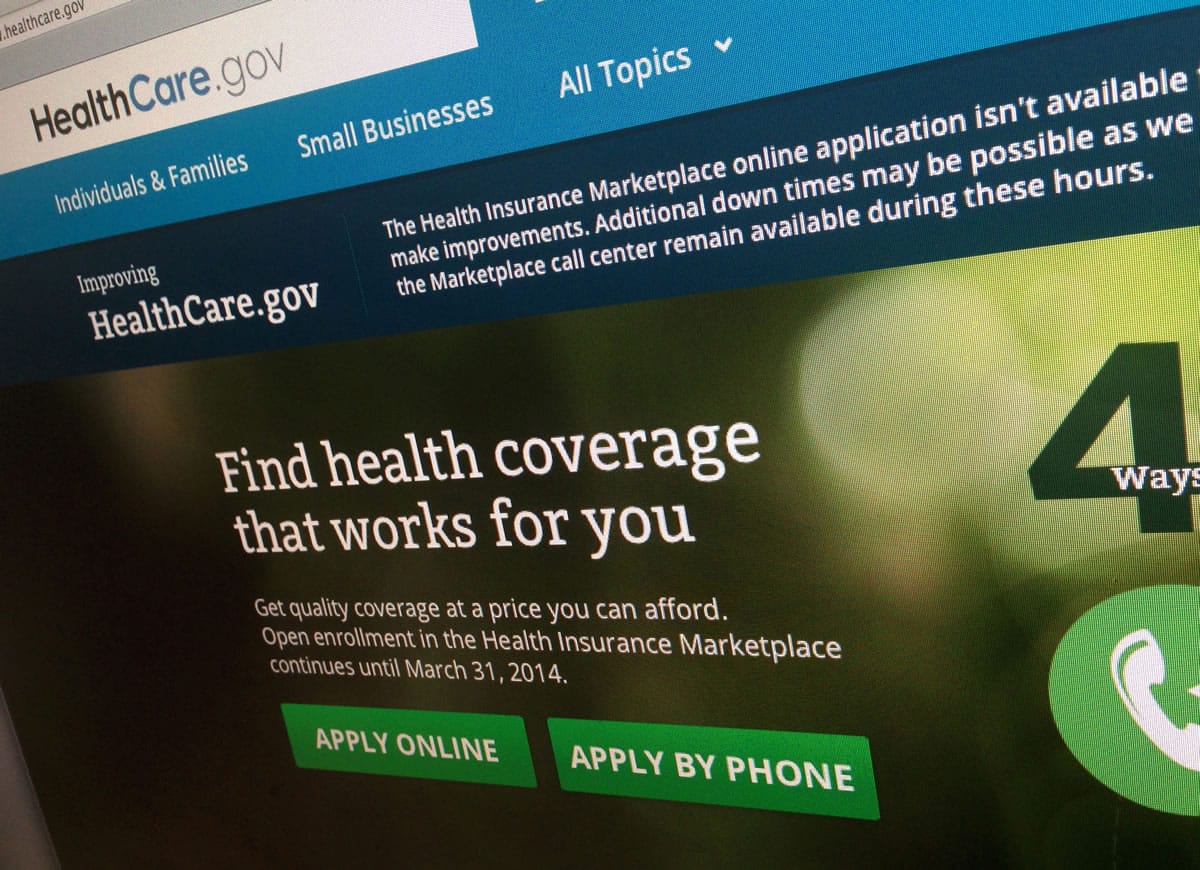ALBANY, Ga. — If Lee Mullins lived in Pittsburgh, he could buy mid-level health coverage for his family for $940 a month. If he lived in Beverly Hills, Calif., he would pay $1,405.
But Mullins, who builds custom swimming pools, lives in southwest Georgia. Here, a similar health plan for his family of four costs $2,654 a month.
This largely agrarian pocket of Georgia, where peanuts and pecans are major crops and hunters bag alligators up to 10 feet long, is one of the most expensive places in the nation to buy health insurance through the new online marketplaces created by the federal health law. The only place with higher premiums are the Colorado mountain resort areas around Aspen and Vail, a high-cost-of-living area unlike Georgia.
“We’re not real happy with the way things are going in our neck of the woods,” said David Hardin, Mullins’ insurance broker.



